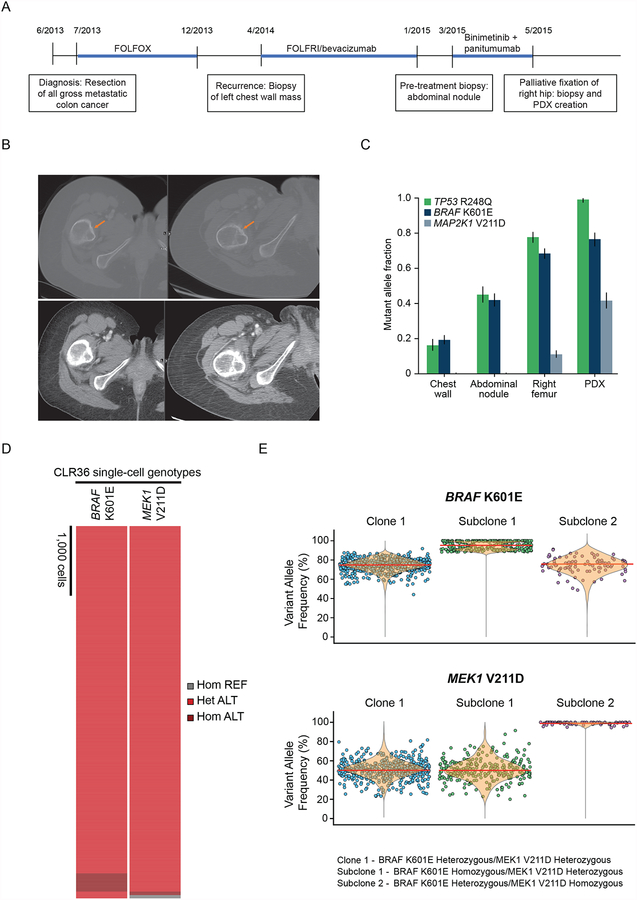Figure 1. MEK1 V211D mutation emerges in a patient with colon cancer treated with binimetinib plus panitumumab.
A, Timeline of the patient’s treatment showing when she was treated with binimetinib and panitumuab, the duration of each treatment regimen, and when biopsy specimens were obtained for sequencing. B, Representative computerized tomography (CT) images showing periosteal changes (top) and marrow involvement (bottom) in the right femur lesion immediately before and after 6 weeks of binimetinib plus panitumumab treatment. C, Mutant allele fraction detected by MSK-IMPACT sequencing for the truncal TP53 mutation and for BRAF K601E and MEK1 V211D in the indicated tissues. Error bars indicate 95% binomial confidence intervals on the variant allele frequencies. D, Heatmap depicting single-cell genotypes for the CLR36 sample. The presence of a heterozygous alternate (ALT) allele is shown in red. Homozygous alternate alleles are shown in dark red, and reference alleles are depicted in gray. E, Variant allele frequency (VAF) distribution of BRAF K601E (top) and MEK1 V211D (bottom) in the three clonal/subclonal populations. The median of each VAF is represented as a red line. For data representation simplicity, each dot in clone 1 represents 10% of the total number of cells.

